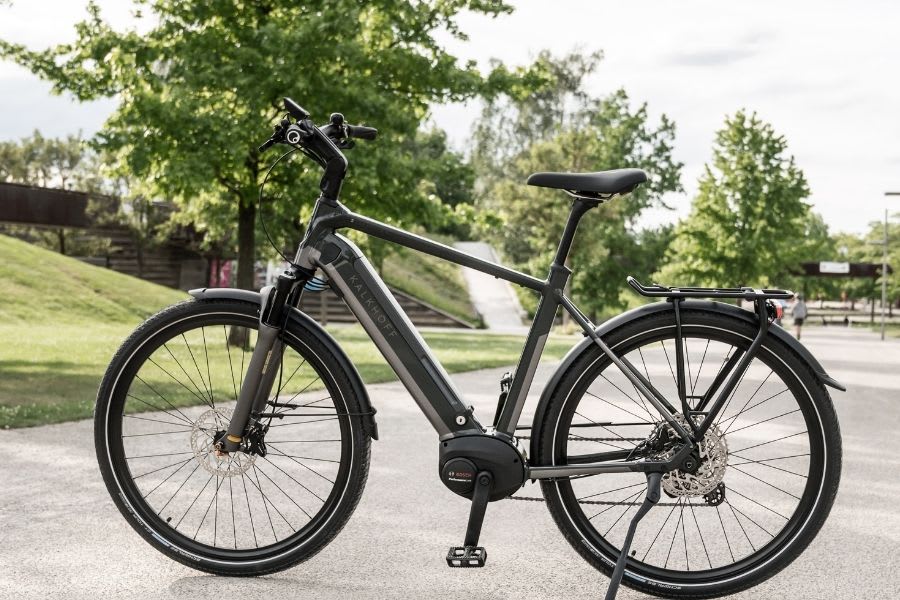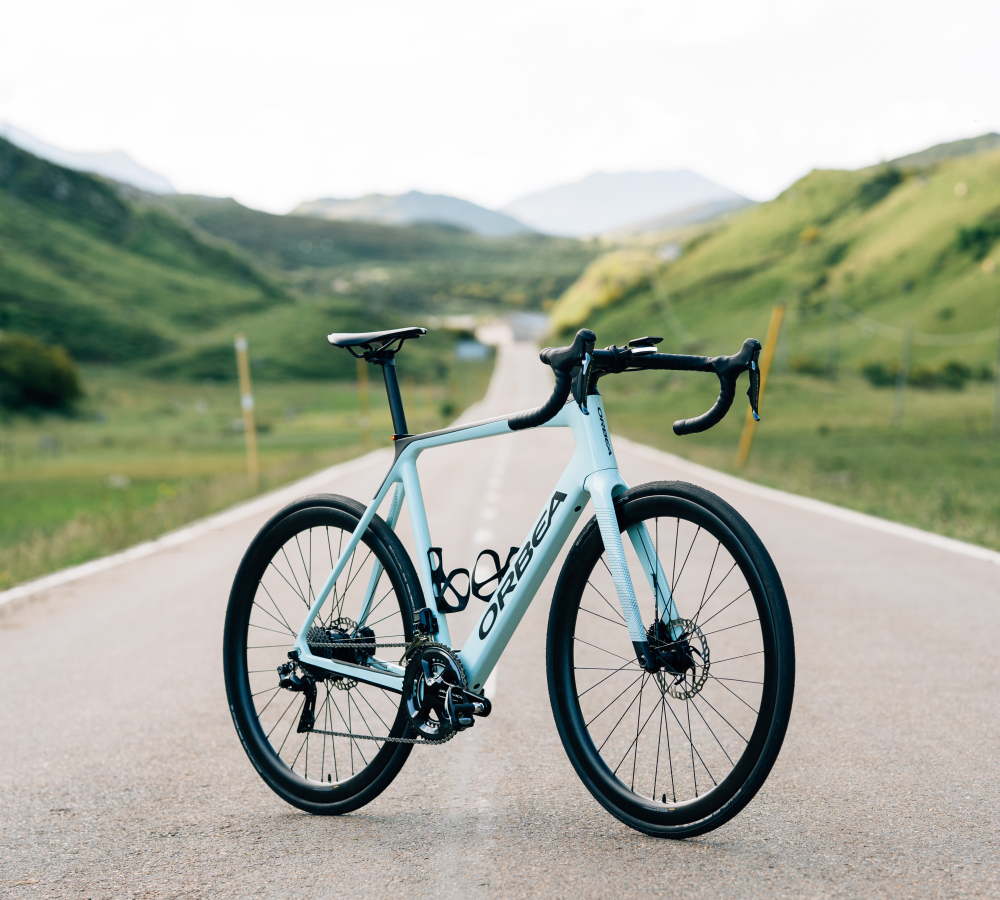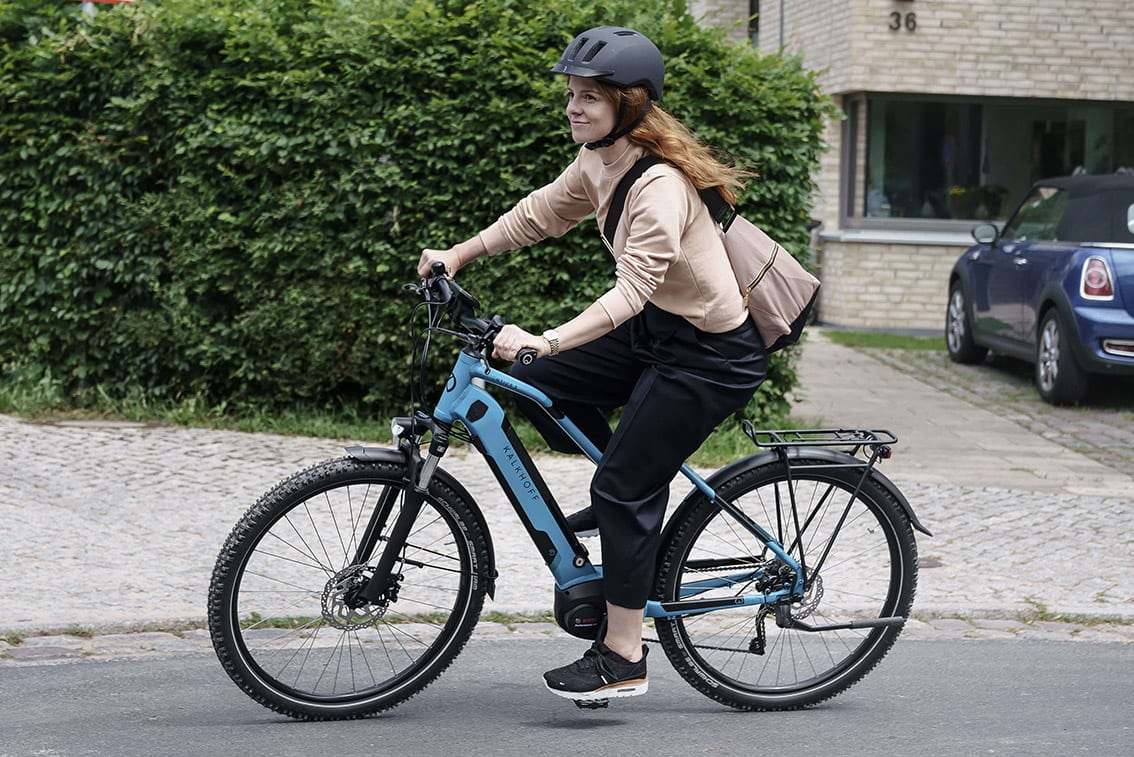Whilst you may have ridden a non-electric bicycle your whole life, you may be new to electric bikes, or 'e-bikes'. There is now a huge range of e-bikes available in Australia, all differing by their intended use, the mechanical and electrical components they are built with, as well as their retail price. This guide aims to provide a comprehensive overview of electric bikes and help you decide which e-bike might be right for you.
Part one of this guide covers the basics of e-bikes and is an essential starting point before researching bike options. Part two covers more detailed information about the technology behind e-bikes, ownership, maintenance and servicing, Australian regulations, as well as other frequently asked questions.
Part one - The basics
What is an electric bike?
An e-bike is a bicycle with a battery-powered motor that provides assistance to the rider. E-bikes are designed to compliment pedal power, rather than completely replace it, as a motorcycle or moped does.
Who are they for?
E-bikes can be life changing for anyone!
E-bikes are allowing millions of people across the world to commute and transport goods and people in a sustainable, healthy and safe way.
There are many benefits to using an e-bike, all of which depend on the person and how they are using their e-bike.
For the busy professional, an e-bike can mean getting to work faster without arriving in a sweaty mess.
For a family with kids, an e-bike can mean getting the youngest to daycare, the eldest to school, a quick trip to the supermarket and then on to work, all without worrying about traffic, parking and the costs of owning and operating a car - registration, fuel, tolls and the environmental costs.
For an elderly person, someone experiencing injury or person with a disability, an e-bike can mean the difference between continuing to experience the joy of cycling, and not cycling at all. E-bikes allow people to keep fit, active and social despite age or ability.
How do they work?
An e-bike is made up of a bicycle with a motor, battery, controller and display.
Pedalling assistance is provided by a motor built into either the front or rear wheel (hub motor), or built into the frame near the pedals (mid-drive motor).
The motor is powered by a battery that generally uses lithium-ion technology similar to that found in mobile phones, laptops and electric cars.
The ‘brain’ of the e-bike is the controller, a small computer that allows the motor, battery and other electrical components to work together safely and effectively.
The display is a screen and buttons on the handlebars that allow the rider to select the amount of electrical assistance from the motor. It may also show information such as speed, distance covered, battery charge and a range estimate.
Most e-bikes require the rider to be pedalling for the motor to provide assistance. Sensors detect when the rider is pedalling and smoothly activate the motor.
The rider can select different levels of assistance throughout a ride. A low setting provides a gentle level of assistance (for when you want more exercise or to conserve the battery on long trips), whereas a high setting requires much less effort from the rider (for riding up hills, when you’re tired or don’t want to work up too much of a sweat!).
E-bikes may also have other unique features, such as front and rear lights powered by the bike battery and a throttle to directly control the motor power with or without pedalling (only available on our Ezee branded e-bikes). The features available on e-bikes vary across manufacturers and models.
What types of e-bike are available?
There are five main types of e-bike based on how they are designed to be used:
-
Urban and commuter: comfortable e-bikes designed for daily use on the road. These often include a battery that gives plenty of range for a typical daily return commute, as well as useful accessories including luggage racks, mudguards and lights.

Cargo: heavy duty e-bikes designed for carrying kids, pets, bags and boxes. Depending on the bike, cargo can either be carried on a rear rack or on the front in a purpose-built box. Some cargo e-bikes can take up to 125 kg of cargo!

-
Compact and folding: small and lightweight e-bikes designed for lifting up stairs, transporting in a car or on public transport, or stored in a confined space. These bikes are made lightweight by using smaller batteries, which reduces their maximum range compared to other bikes.
- Mountain and trail: e-bikes equipped with suspension, wide, treaded tyres and stronger frames for riding off-road. These are useful for easily getting back to the top of a mountain after a downhill descent.

- Road: e-bikes with lightweight carbon or aluminium frames designed for high-speed riding with a bit of extra assistance from a motor when required (e.g. on hills). These will often have smaller batteries and less powerful motors to reduce weight. Some e-road bikes weigh as little as 11 kg, compared to 22-27 kg for most other e-bikes.

How much do they cost?
E-bikes vary widely in price due to differences in design and component quality. E-bikes sold through Glow Worm Electric Bikes start at around $1800 for simple urban commuters, to over $10,000 for premium cargo, mountain and road e-bikes. Whilst cheaper e-bikes from generic manufacturers are available elsewhere online, we find these are unreliable, need to be repaired often or fail completely. As a business that also services and repairs e-bikes, it is in our interest (as well as yours!) to provide e-bikes that are reliable and easy to maintain and repair.
As a rough guide, $1800 - $2500 will buy you a good quality e-bike suited to light use (e.g. weekend leisure riding and short 5-10 km commutes). $2500 - $4000 will buy you an even better e-bike with higher quality componentsand more suited to daily use. An e-bike priced over about $4,000 will often include high-end mechanical components for smoother gear shifting and more powerful braking, a high-torque motor (for carrying more weight and getting up steep hills), a stronger and more comfortable bike frame, useful accessories (such as racks and mudguards if required) and a more user-friendly display on the handlebars. Some e-bikes in this range are inherently more expensive due to their specialist design, such as cargo bikes, mountain and trail bikes, and lightweight road racing bikes.
How do I choose the right one?
When buying an e-bike, it is important to consider these questions:
-
What is the intended use of the bike? This could be urban commuting, carrying kids and cargo, leisure road riding or mountain biking.
-
What frame style and riding position works for me? E-bikes vary from upright and relaxed step-through models to forward-leaning and sporty road e-bikes.
-
What range do I need for a typical trip? This depends a lot on the battery size, how much assistance you want from the motor and whether you are riding uphill. E-bikes can generally cover 30-150 km, depending on these factors. This easily covers a typical return daily commute or leisure ride on one charge, with plenty to spare.
-
How much motor torque do I need? Higher torque motors have more 'grunt' and can get you up bigger hills or haul more weight, but use more battery in the process. Low torque motors usually deliver around 40 Newton-metres (Nm) of torque (e.g. for lightweight e-bikes), whereas high torque motors deliver up to 85 Nm of torque (e.g. for cargo and mountain e-bikes).
-
What is the maximum bike weight and size I can live with? This is especially important if the bike will need to be lifted up stairs, transported in a car or on public transport, or stored in a confined space. Compact and folding e-bikes are an option in these situations.
-
What type and weight of cargo will I need to carry? This could include kids, pets, groceries and bags.
- What is my budget? An e-bike is often a very cost-effective investment if it is replacing trips by car or even public transport. Charging an e-bike only uses about 15 c of electricity and can give you a range of about 30-150 km, depending on how you use it.
Other features of an e-bike to consider include:
- The type and quality of components, such as brakes, gears, tyres and suspension. Higher-spec components will last longer and be easier to maintain.
- The function and feel of the handlebar display and power mode buttons
- Ergonomic features such as suspension, saddle and handlebar grips
- Accessories required, such as lights, mudguards and cargo racks
Some of the questions above can be answered by speaking with experienced staff at a reputable e-bike retailer (such as Glow Worm Electric Bikes!) and test riding a number of different bikes. Our customers often test ride multiple bikes, several times each, to find the right bike for them.
Caution: Cheap e-bikes bought online
Once you know what type of e-bike you would like, it may be tempting to find a cheap equivalent one online. Whilst budget is an important consideration, it shouldn't be the only consideration. There is nothing worse than buying a cheap e-bike online without a test ride, then shortly after realising that you don’t know how to assemble it from the box, it's not right for your needs or has poor quality components. Often in this case the seller or manufacturer cannot be easily contacted for technical support, spare parts, a refund or warranty claim.
Ultimately, price is what you pay, but value is what you get.
Here are some things to consider when looking at e-bikes sold online:
- A particular e-bike might not be right for you unless you test ride it and talk with knowledgeable person who sells, services and rides e-bikes.
- A cheap e-bike bought online may have generic branded components that a bike shop is unlikely to be able to repair or replace. Components may wear out quickly or fail prematurely.
- An e-bike bought online may be sent to you partly disassembled in a box. An e-bike should be assembled and checked by a qualified mechanic, which will cost you extra if you buy online, or will be free if you buy from a reputable store.
- The e-bike may not comply with local regulations around motor power and speed (see our section on e-bike laws in our Comprehensive Guide to Electric Bikes).
- The manufacturer or supplier of the bike may be difficult to contact, or impossible to contact, if you need to make a warranty claim or order spare parts.
Whilst warranties differ between manufacturers, e-bikes made by well-known manufacturers and purchased through reputable retailers (such as Glow Worm Electric Bikes!) come with at least a one-year warranty on electrical parts and a two-year warranty on the bike frame. Ezee-branded bikes bought from Glow Worm have a two-year electrical warranty and six-year frame warranty.
With all of this in mind, we recommend speaking with the friendly folks at Glow Worm Electric Bikes if you would like to understand which e-bike suits your needs, test riding a variety of options, and making good use of the after-sale service.
View our range of e-bikes, or read Part two to dive deeper into e-bikes.

